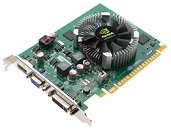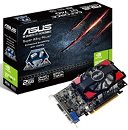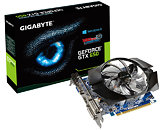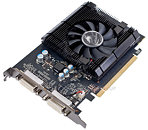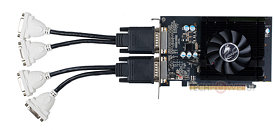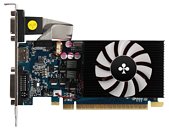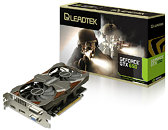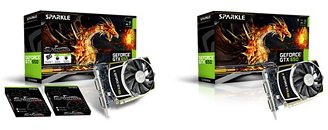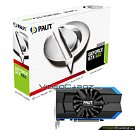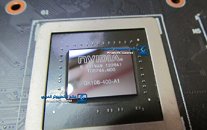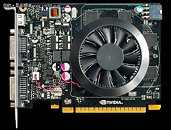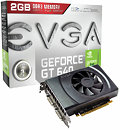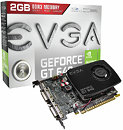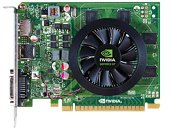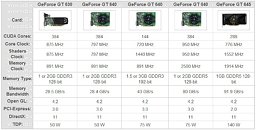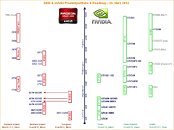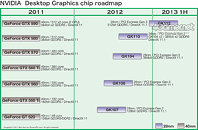
NVIDIA Announces GeForce GT 730
NVIDIA announced its new entry-level GeForce GT 730 graphics processor. Based on the same 28 nm "GK107" silicon as the GeForce GT 740, which launched last month, the GT 730 is essentially a GT 740 with lower clock speeds, and slower DDR3 memory. Core clock speeds start at 908 MHz, and memory at 1.80 GHz (DDR). 1 GB is the standard memory amount. Most cards based on this chip will be based on half-height (low-profile) PCBs, some single-slot with active (fan) cooling, others double-slot, with passive (fan-less) cooling. In the era of AMD GCN-based APUs, and Intel Iris Pro graphics, NVIDIA could be targeting a dwindling two-figure price.
